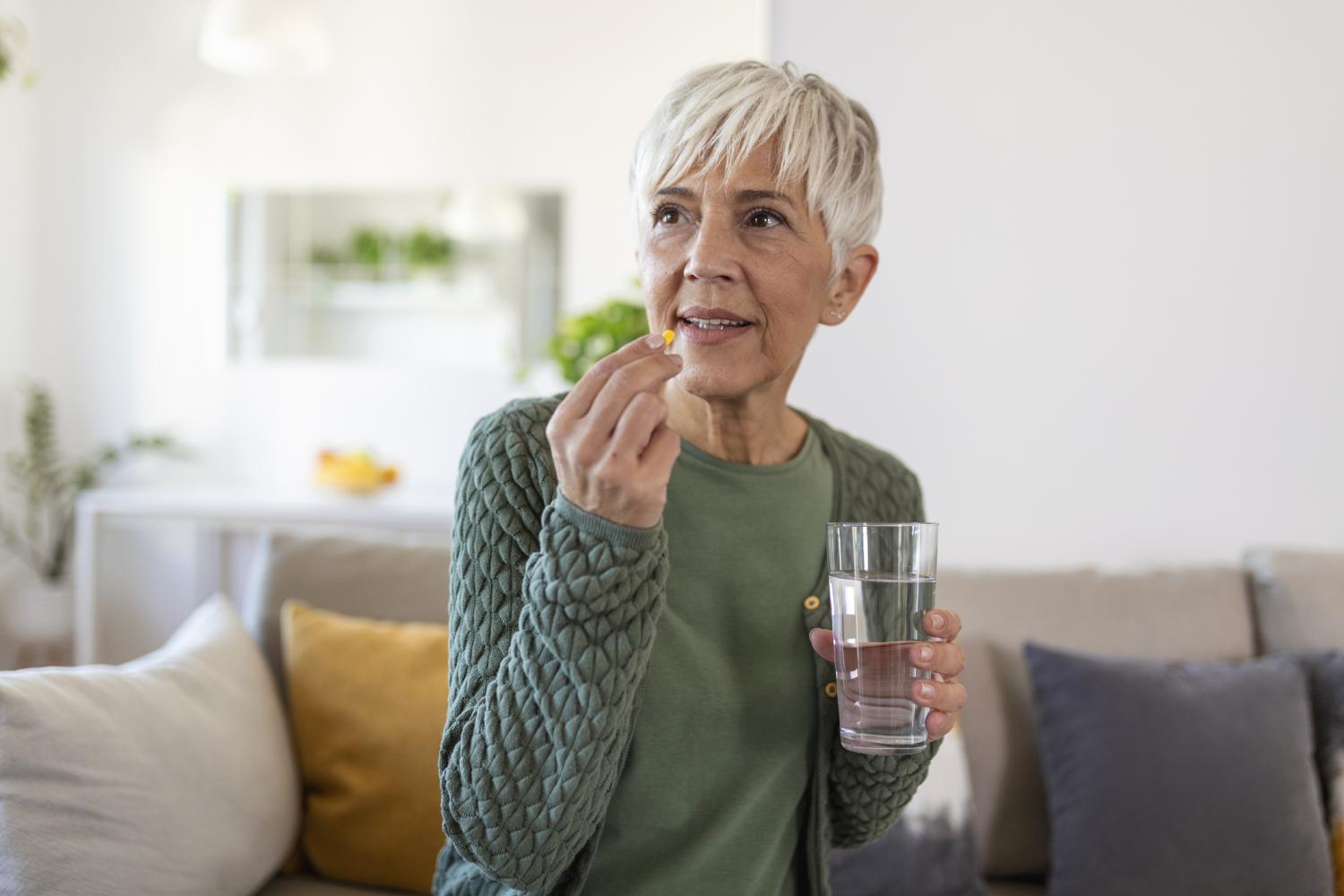A greater proportion of nonhospitalized Medicare enrollees infected with COVID-19 but at low risk for severe disease received drugs to combat the disease than those at higher risk in 2022, weakening their public health benefit, finds an observational study published today in JAMA Health Forum.
A Harvard-led research team examined claims data to determine rates of prescriptions for the oral antivirals nirmatrelvir (Paxlovid) and molnupiravir, the intravenous (IV) antiviral remdesivir via outpatient infusion, and the outpatient IV monoclonal antibodies bamlanivimab/etesevimab, casirivimab/imdevimab, sotrovimab, and bebtelovimab.
The team also performed a simulation reallocating antiviral treatment, especially with nirmatrelvir, to infected Medicare patients at high risk for severe illness and evaluated potential COVID-19 hospitalizations and deaths.
Prescribing differences by race, residence
A total of 6.0% of 20 million Medicare beneficiaries received outpatient COVID-19 treatment. Among those with a COVID-19 diagnosis, 23.0% received medication within 10 days before or after diagnosis. And among those receiving medication, 40.5% of patients with oral prescriptions and 1.5% of those with IV doses had no COVID-19 diagnosis claim within 10 days of treatment.
White patients were more likely to receive therapy without a COVID-19 diagnosis than their Black peers (40.7% and 32.0%, respectively).
Patients at higher risk for severe illness received less outpatient treatment. For example, 6.4% of those aged 65 to 69 years received treatment, compared with 4.9% of those 90 years and older (adjusted odds ratio [aOR], 0.64). Among nursing home residents, prescribing rates were 4.2%, compared with 6.2% among those living in the community (aOR, 0.78). Differences by race and rural/urban residence were substantial.
For Black patients, 3.0% received therapy, compared with 6.4% of White patients (aOR, 0.56), and 4.3% of Hispanic patients received medication (aOR compared with White patients, 0.86). Rural residents were less likely to receive medication than those in urban areas (5.2% and 6.3%, respectively; aOR, 0.86).
Reallocating could have saved 16,500 lives
Unadjusted treatment rates were lower for those with 10 or more underlying medical conditions, compared with 6 to 9 (6.1% and 6.6%, respectively), although the adjusted odds of treatment rose with increasing numbers of conditions. Beneficiaries who used telehealth services were given treatment more often than those who did not (7.5% and 5.5%, respectively).
These trends were similar among patients with a COVID-19 diagnosis, among the 26% of patients with no vaccination claims, in those aged 65 years and older, and in Medicare Advantage enrollees who received oral medication. The differences couldn't be attributed to different COVID-19 testing rates, outpatient visits, or contraindications to therapy.
Of patients in the highest-risk quintile (the 20% at most risk), 2.6% were hospitalized for COVID-19, and 4.9% were given outpatient treatment, compared with 0.2% and 7.5%, respectively, in the lowest risk quintile.
Groups given outpatient treatment less often weren't less likely to test or seek healthcare for COVID-19. For example, low-income patients were less likely to receive COVID-19 medication than those with higher incomes (3.3% and 6.8%, respectively) but were more likely to seek care (11.7% and 10.4%, respectively) or have a testing claim (35.0% and 32.2%, respectively).
The simulation estimated that reallocating COVID-19 treatment based on risk for severe infection would have prevented 16,503 COVID-related deaths (16.3%) in the sample, almost entirely because of the benefit to patients at highest risk.
COVID drugs were free at the time
"This misallocation of outpatient antiviral therapy contributes to well-recognized disparities in COVID-19 treatment for historically underserved groups," the study authors wrote. "Moreover, we observed these disparities during a period in which antiviral and antibody therapy was free for patients."
The results suggest that higher prescribing rates among White patients were due to their greater ability to reach a prescriber outside of a standard healthcare visit, the researchers said. "It may be more difficult for lower-income, older, and rural beneficiaries to navigate the process of obtaining a COVID-19 therapy outside a face-to-face visit, a cascade including obtaining a home test, being aware of the benefits of outpatient treatment, contacting the clinician, and setting up a phone call or video telemedicine visit with a prescription written and filled," they wrote.
This misallocation of outpatient antiviral therapy contributes to well-recognized disparities in COVID-19 treatment for historically underserved groups.
"These findings suggest that undertreatment of marginalized populations could be related to beneficiary preferences (eg, lack of belief in benefit, concern about adverse effects), differences in the timing of when patients sought care, structural barriers (eg, ability to communicate with clinician easily), bias in the likelihood of clinicians to provide treatment among those with infection (eg, prescribing nirmatrelvir if asked but not suggesting it to patients), or a combination of these factors," they concluded.
To address these disparities, the authors said that medical practices and healthcare systems need to examine their care patterns to identify barriers to access for at-risk COVID-19 patients.




















